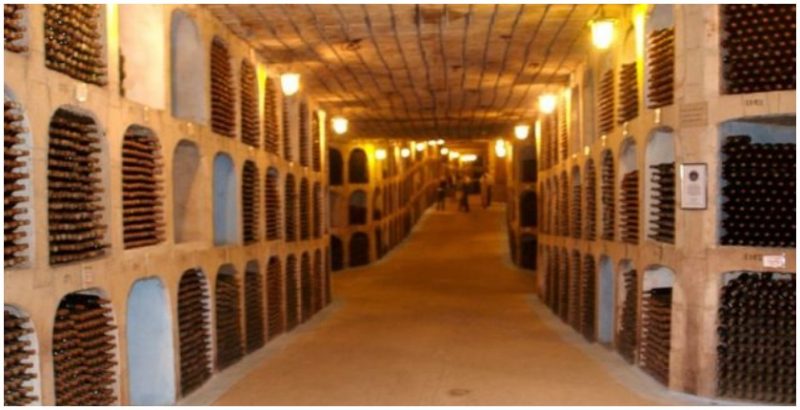Italy, France, and Spain are three of the world’s major wine regions today, yet none of them houses the world’s largest wine cellar.
The world’s largest wine cellar belongs to a lesser known European country — Moldova, which is one of the continent’s poorest countries, wedged between Ukraine and Romania.
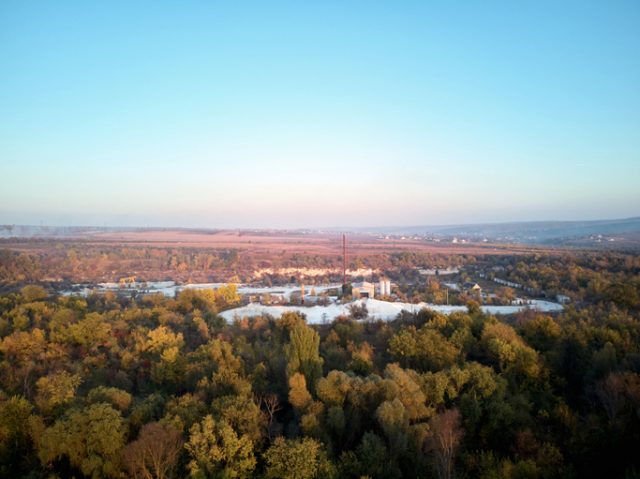
Moldova’s continental climate is molded by the Black Sea basin. It’s perfect for wine production. With snowy winters, enough sunny days in the summer as well as lengthy landscapes of low hills and vast plains, grape cultivation has prospered in this region since antiquity. For farmers, growing grape crops has been a major source of income.
Attesting today to the rich winemaking culture of Moldova is Milestii Mici — a vast underground network of wine-filled “streets”, each picking a name after a different variety of wine. Milestii Mici is also the commune’s name where the cellar was founded, just 11 miles away from Chisinau, Moldova’s capital city.
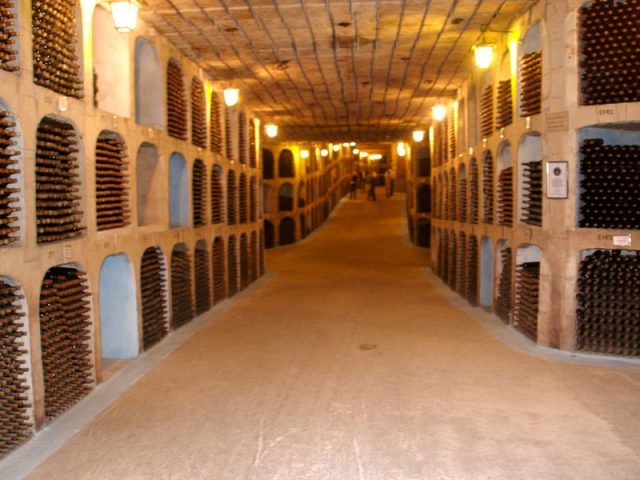
Milestii Mici is state-administered and in 2005 logged a Guinness World Record as the largest wine cellar in the world. Around two million bottles of wine are stored within its premises.
It is possible to visit this wine paradise both with a bike or car. A first-time visitor might want to use a map since the underground network looks like a maze. For any wine aficionado this place could be heaven indeed as there are more than 30 miles of underground wine galleries to check and cruise around. The site was originally carved out during lime mining operations.
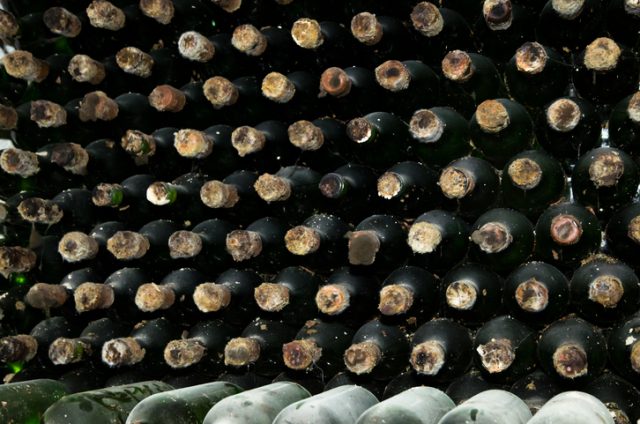
The first bottle of wine was stored there in 1968, and new ones are being added continually. The cellar keeps regular temperatures of between 54°F–57°F during the whole year and humidity levels stick to around 90 percent.
Some of the most extravagant Milestii Mici bottles can be purchased for up to $540. Red wine is found in largest quantities, about two-thirds of the entire wine inventory at the cellar; the remainder is white and dessert wine.
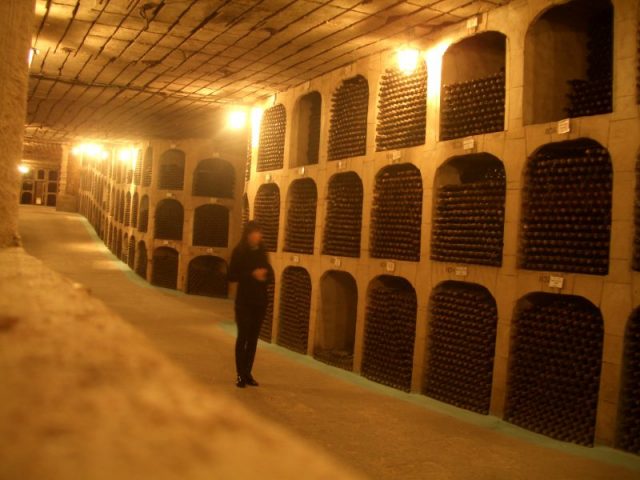
Away from Milestii Mici, wine remains a major association with Moldova. Archaeological evidence of vineyards in the country indicates that grapes have grown here for thousands of years.
During the 3rd century BC, the region began trading with ancient Greeks, and by the second century AD links were established with ancient Romans.
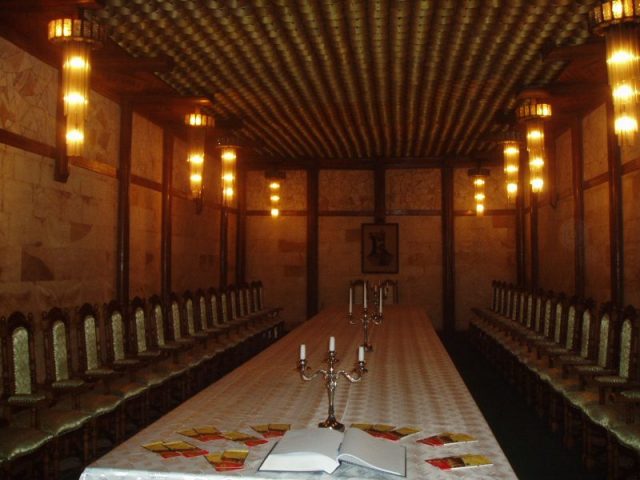
Grape cultivation continued throughout the successive historical periods. Under feudal Moldova, during the 14th and 15th centuries, local wine was exported to countries such as Russia, Ukraine, and Poland. During the 19th century, when the country became part of the Russian Empire, wines remained a major asset for export.
Related Video: Eerie 10,000 Nazi Room Hotel That Never Had A Guest
After the end of the first world war Moldova was united with Romania, only to swing back under the control of Moscow as one of the Soviet Union states around the period of the next world war.
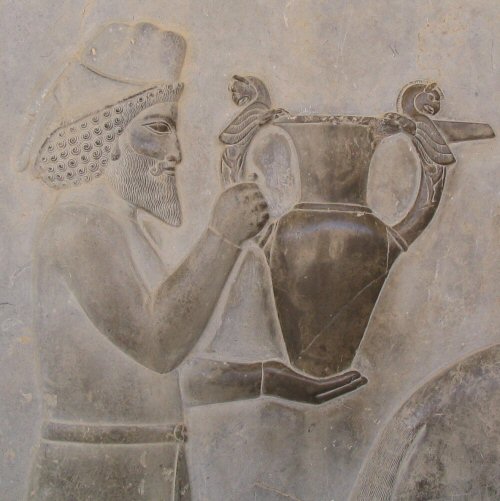
Despite comprising just a tiny fraction of the vast Soviet Union, Moldova managed to produce about 70 percent of all U.S.S.R. wine. In fact, according to National Geographic, every second bottle of wine consumed in the communist union originated from Moldova.
However, following the dissolution of the union in the early 1990s, Moldovan wine for a while remained unrecognized by the international community.
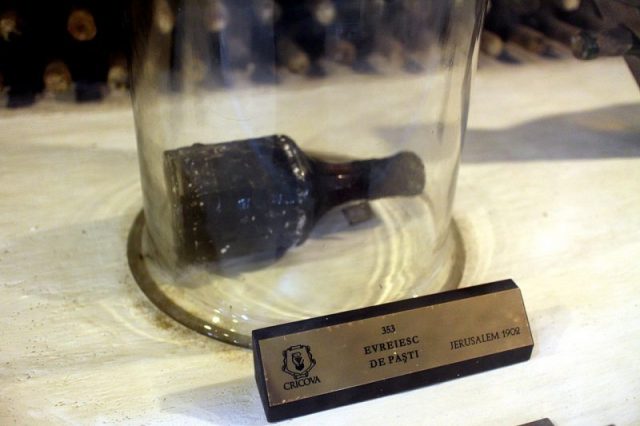
As a small country which branded its main product as “made in the USSR,” and which also faced several political turmoils and trade embargoes, it took some time until Moldova’s high-quality social lubricant found its place in western markets.
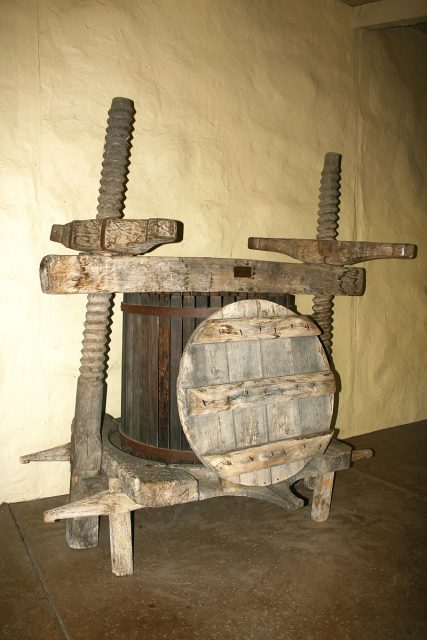
At present, the country exports 80 percent of its wine stocks to EU countries. Wine continues to be one of the country’s most popular international trademarks. And if you are now wondering where the world’s second largest wine cellar is, the answer once again is Moldova.
The wine cellar Cricova, also close to the capital of Chisinau, houses about 1.25 million bottles of wine. Some of the vintages stored here were produced as early as 1902.
Read another story from us: Ancient Egyptian Wine Cellars Uncovered in the Nile Delta
As the Nazis attempted to invade the Soviet Union, the site also served to protect Jews who hid in the cellar tucked inside wine barrels.
